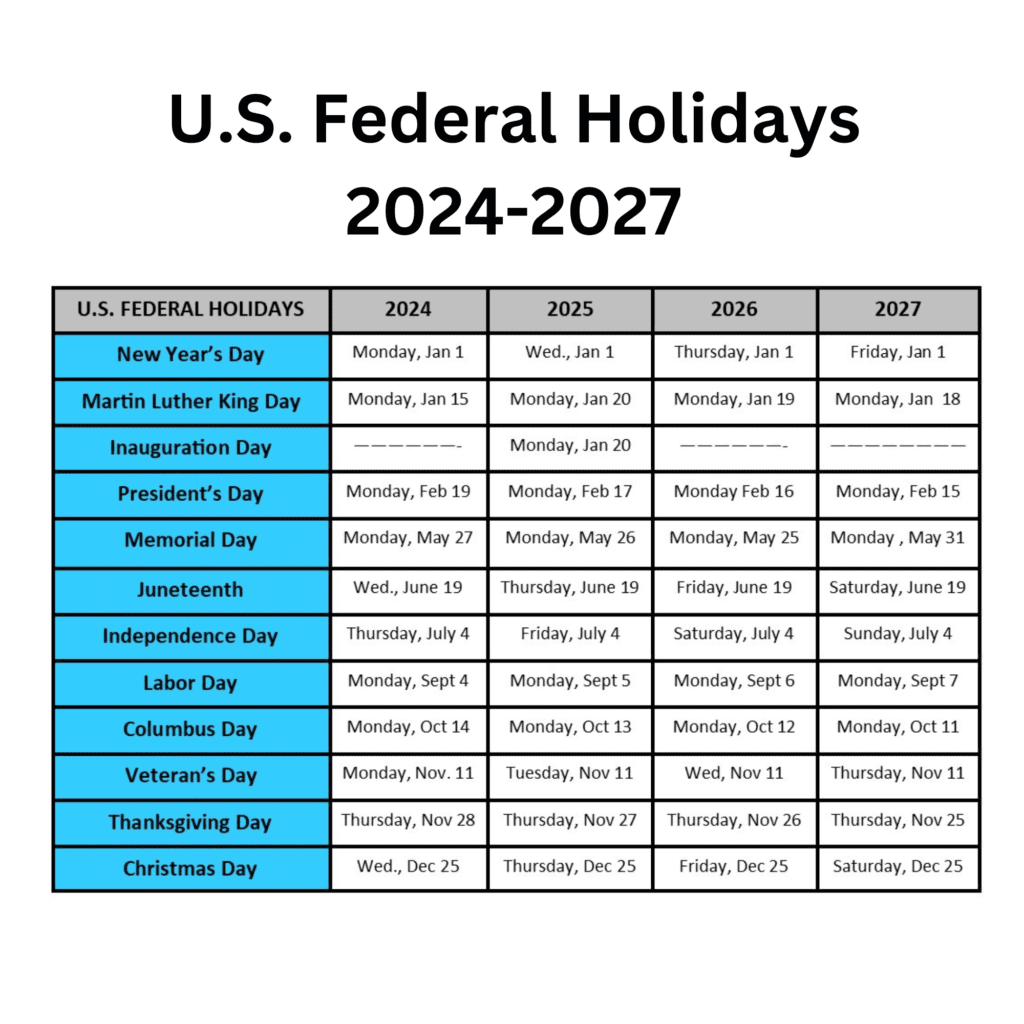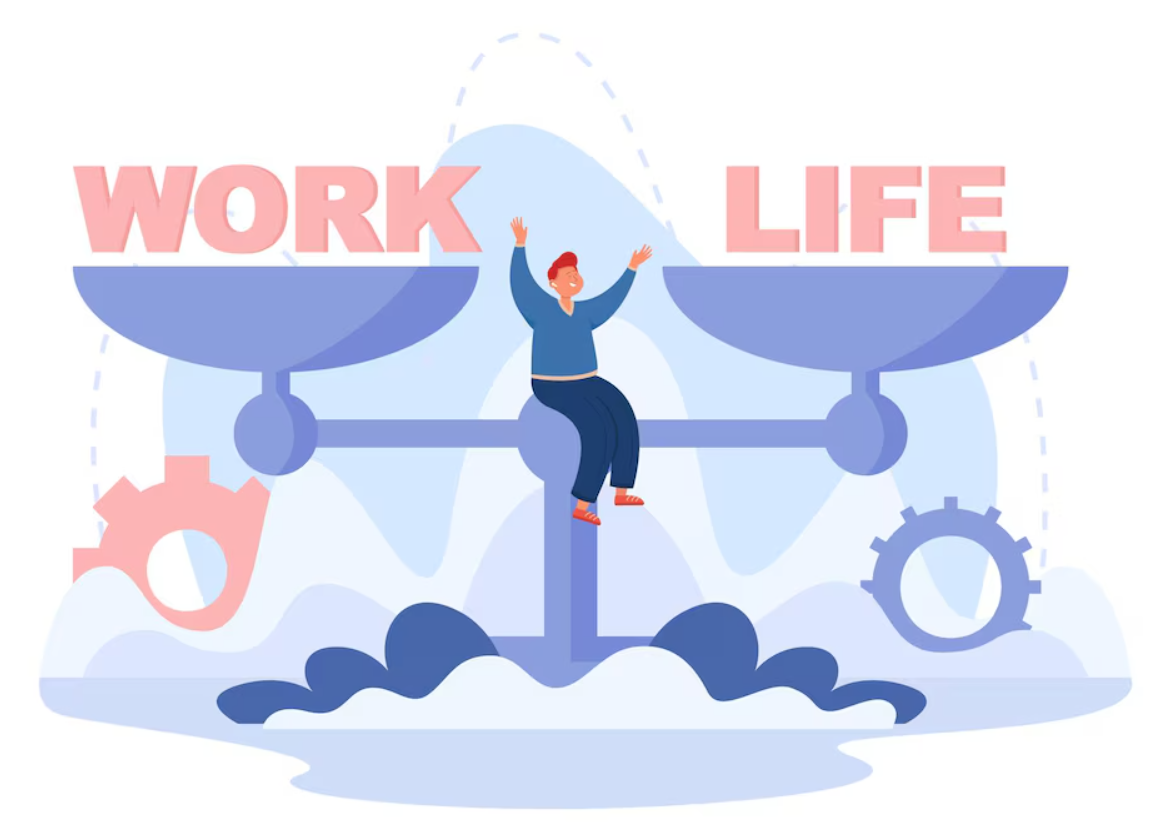Understanding California Leave Laws is crucial for both employers and employees. California offers comprehensive and employee-friendly leave policies, including paid time off (PTO), sick leave, family and medical leave, and more. This guide, provided by Day Off, offers an overview of these laws, covering vacation policies, sick leave entitlements, State Disability Insurance (SDI), Paid Family Leave (PFL), and specific leave types such as maternity, paternity, bereavement, jury duty, military, and voting leave. Whether you’re an employer ensuring compliance or an employee knowing your rights.
Paid Time Off (PTO) in California
Vacation Leave Quota
California state law does not mandate vacation leave, though sick leave is required. Neither federal nor state law requires employers to provide paid or unpaid vacation time. If an employer does offer vacation leave, it must comply with state regulations, company policies, or employment contracts. Vacation benefits are often provided by employers as they are highly valued by employees.
In California, employers can dictate when vacation is taken and how much can be used at once. They may require advance notice or deny vacation requests for certain dates. Sick leave, however, is mandatory, and more details are provided in the section on Sick Leave in California.
Accrual
Accruals for vacation time are not mandated by California law but are commonly practiced. Employers may cap the amount of vacation time employees can accrue. If an employer offers paid vacation, they must adhere to certain restrictions on providing vacation pay. According to California law, vacation time is earned as work is performed and cannot be forfeited. Thus, all accrued vacation must be paid out upon employment termination. (Suastez v. Plastic Dress Up, 31 Cal.3d 774 (1982))
Employers may set a cap on vacation accrual to prevent the accumulation of excessive vacation hours and can impose conditions such as a probationary period before an employee begins accruing paid vacation benefits.
Carryover
California leave laws prohibits the “Use-It-or-Lose-It” policy, which requires employees to forfeit unused vacation time after a certain period. Employers must allow employees to carry over unused vacation time to the following year. However, a cap on vacation accrual is permissible.
Payment of Accrued, Unused Vacation on Termination
All unused vacation time must be compensated upon employment termination. Sick leave, in contrast, is not considered wages and does not require payout upon termination. If an employer has a paid vacation policy, accrued vacation time must be paid out as earned wages on the employee’s final paycheck. Only employees covered by a collective bargaining agreement will have different vacation benefit provisions. (Labor Code §227.3)
For instance, if Ronald from Sacramento has worked for a company for two years and accrued 20 days of vacation, he would receive payment for that vacation time upon termination.
Payout
The employer is responsible for paying all earned and unused vacation time.
Sick Leave in California
Federal Law
Under federal law, employees are entitled to 12 weeks of unpaid sick leave.
State Law: California’s Paid Sick Leave Law
Starting January 1, 2024, California employers must provide at least 40 hours (5 days) of paid sick leave annually. Previously, the requirement was 24 hours (3 days) of paid sick leave. The accrual rate remains at 1 hour of paid sick leave for every 30 hours worked.
Eligible Employers and Employees
All California employers must offer paid sick leave to employees who have worked for them for at least 30 days within a year. This includes part-time, per diem, in-home supportive services providers, and temporary employees. Exemptions include railroad employees, certain employees covered by collective bargaining agreements, and airline employees.
Employees start accruing paid sick leave on their first workday but can only use it after 90 days of employment.
Accrual Policy or the “Up Front” Policy
Employers can choose between the accrual method, where sick leave is earned throughout the year, or providing 40 hours of paid sick leave at the beginning of the year.
Paid Sick Leave Usage
The amount of sick leave an employee can use depends on their regular work schedule. Employees can use sick leave for their health or a family member’s health, including preventive care. Family members include children, parents, spouses, domestic partners, grandchildren, grandparents, and siblings. Victims of domestic violence, stalking, or sexual assault may also use sick leave.
California’s Kin Care Law allows employees to specify if they are taking sick leave for personal use or to care for a family member. Employers must update policies to reflect this.
Accrual Cap
Employees may accrue more than 40 hours of paid sick leave, but employers can cap the usage at 40 hours per year. Employers can require sick leave to be taken in increments of at least two hours.
Carryover Rules
Unused sick time must be carried over to the next year, with a total accrued sick leave capped at 80 hours.
Using Sick Days as PTO
The employer’s policy determines if sick days can be used as general PTO. Sick days are a guaranteed form of PTO under California law.
Sick Leave Information and Documentation
Employers must show available sick days on each pay stub and keep three years of sick leave records. A sick leave poster must be displayed in the workplace.
Payout of Sick Leave in California
Employers must pay for used sick days by the next regular payroll period. Sick leave is not considered a wage and is not paid out upon employment termination. If an employer’s PTO policy combines sick, vacation, and personal days, sick leave may be considered a wage.
Cities with Additional Paid Sick Leave
Some California cities have additional paid sick leave requirements, including Berkeley, Emeryville, Los Angeles, Oakland, San Diego, San Francisco, Santa Monica, and Sonoma County. Employers must follow the more generous provisions of local ordinances.
State Disability Insurance (SDI)
California leave laws offers paid family leave through the SDI program, providing short-term disability insurance and paid family leave benefits. The weekly benefit ranges from 60% to 70% of an employee’s income, with a minimum of $50 and a maximum of $1,357 per week, available for up to 52 weeks. Changes are expected in 2024 and 2025, including the removal of the wage ceiling and an increase in benefit rates to 70-90%.
Paid Family Leave (PFL)
California leave laws provides up to 8 weeks of paid family leave for bonding with a newborn, adopted, or foster child, or caring for a seriously ill family member. The compensation is 60-70% of the employee’s income, up to $1,620 per week in 2024. PFL is funded through employee contributions to the SDI program.
Maternity, Paternity, and FMLA
Federal Law
The Family and Medical Leave Act (FMLA) allows eligible employees to take up to 12 weeks of unpaid family leave for the birth or adoption of a child. Employees are eligible if they have worked for their employer for at least 12 months at a location with at least 50 employees within 75 miles.
Additional State Laws in California
California enhances FMLA with state laws providing unpaid and paid, job-protected leave for pregnancy, childbirth, adoption, and foster care. California’s programs like PFL and SDI offer partial wage replacement during family and health-related leave.
Unpaid Maternity Leave in California
California Family Rights Act (CFRA) provides improved rights to FMLA. Types of unpaid leave include:
Pregnancy Disability Leave: Up to four months for pregnancy-related disability. Available to employees of companies with at least five employees.
Family and Bonding Time Leave: Up to 12 weeks for bonding with a new child. Can be combined with Pregnancy Disability Leave for up to seven months of leave.
Reasonable Accommodation Leave: For employees with disabilities, including pregnancy-related conditions, as part of anti-discrimination laws.
Paid Maternity Leave in California
California offers several benefits for paid maternity leave:
- Medical Benefits: Employers must maintain medical benefits during pregnancy and family leave.
- State Disability Insurance (SDI): Provides up to 52 weeks of partial wage replacement for pregnancy-related disabilities.
- Paid Family Leave (PFL): Offers up to 8 weeks of partial pay for bonding with a new child.
Paternity Leave in California
Paternity leave is covered by the FMLA, CFRA, and the New Parent Leave Act, providing up to 12 weeks of unpaid leave for new fathers.
Bereavement Leave in California
As of January 1, 2023, California requires employers with five or more employees to provide up to five days of unpaid bereavement leave for a deceased family member. Leave must be taken within three months of the death and can be consecutive or intermittent. Employers may require proof of death.
Jury Duty Leave in California
Employers must provide unpaid leave for jury duty. Employees may use vacation, personal, or compensatory leave. Employers cannot terminate or demote employees for serving on a jury.
Military Leave in California
Federal Law
The Uniformed Services Employment and Reemployment Rights Act (USERRA) protects employees serving in the military from discrimination and ensures job reinstatement after service.
California State Law
California law mirrors USERRA and provides unpaid leave for military duty. Employers must allow leave for military drills, training, and other activities. Employers with more than 15 employees must provide up to 10 days of unpaid leave for spouses of deployed military members.
Voting Leave in California
Employers must provide enough time for employees to vote, with up to two hours of paid leave. Employees must notify employers at least three working days in advance.
California State Holidays
Private sector employers are not required to provide paid or unpaid leave for state holidays. If offered, it must comply with company policy or employment contracts. California observes 11 state holidays.
FAQs
What are the minimum paid sick leave requirements in California for 2026?
As of January 1, 2024, California law requires most employers to provide at least 40 hours (five days) of paid sick leave per year, or five days of leave based on the number of hours the employee works per day, whichever is greater.
In 2026, this remains the baseline, employers may provide more if required by local city ordinances (for example, Los Angeles or San Francisco), but cannot provide less. If local rules are more generous (e.g., 48 or 72 hours), the employer must comply with the more beneficial rule.
Is an employer required to provide paid vacation leave (PTO) in California?
No, under California state law, employers are not required to provide paid vacation leave or general paid time off (PTO) for personal use.
However, if an employer does offer paid vacation (or PTO) as part of the employment contract or company policy, then certain rules apply: the vacation becomes “earned wages,” cannot be forfeited (“use-it-or-lose-it” is prohibited), and must be paid out upon termination.
What happens to unused paid sick leave at the end of the year or when I change jobs?
Under California law:
Accrued paid sick leave must be carried over into the next year. Employers may cap accrual (for example, limit total accrual to 80 hours) or limit annual usage (e.g., 40 hours), but cannot force forfeiture solely because the year ended.
If you leave your job (voluntarily or involuntarily), paid sick leave is not required to be paid out, unless the employer’s policy treats it as part of general PTO (in which case it may be treated as earned wages).
If you return to the same employer within 12 months and your previous sick leave was not cashed out, your unused balance must generally be reinstated.
Can an employer require me to use vacation or PTO before using paid sick leave or other benefits like Paid Family Leave?
Recent guidance suggests that certain rules may change around how PTO is used in conjunction with other leave types. For instance, employers must ensure that paid sick leave remains available for its intended purposes, not just used up through PTO first.
In short: while PTO policies are flexible, they must respect the statutory minimums for sick leave and not require an employee to exhaust vacation before being eligible for other protected leave.
What types of leave does California law protect beyond paid sick leave?
California offers a range of protected leave types, including:
State Disability Insurance (SDI) for short-term disability (including pregnancy‐related disability)
Paid Family Leave (PFL) for bonding with a new child or caring for a seriously ill family member
Family and Medical Leave (under CFRA/FMLA) for eligible employees to take unpaid, job-protected leave
Bereavement leave (up to 5 days unpaid for employers of five or more employees) effective January 1, 2023
Jury duty leave, military leave, voting leave, and other specialized leave types
These leaves often carry separate rules about eligibility, length, pay replacement (where applicable), and job protection.
How does accrual work for paid sick leave in California?
Under California law, employers have two main methods:
Accrual method: Employees earn one hour of sick leave for every 30 hours worked (or another regular accrual schedule that meets the minimum).
Front-load method: Employer provides the full amount of paid sick leave (e.g., 40 hours) at the beginning of the year or accrual period.
Employers may impose a cap on usage (e.g., 40 hours per year) and a cap on accrual (e.g., 80 hours or 10 days), but must allow carryover of at least the usage-cap per year.
What are the rights for part-time and temporary employees under paid sick leave law?
Part-time, temporary, seasonal, and per-diem employees are generally covered under California’s paid sick leave law if they:
Work for the same employer for at least 30 days within a year
Are counted under an accrual or front-load policy as described above
Employers may not offer fewer rights based on status. However, accruals will naturally be less if fewer hours are worked.
What should an out-of-an-emergency carryover or stress-care event look like in 2026?
In 2026, you should still expect that:
Employers allow you to carry over unused sick hours to the next year (subject to cap)
Leave taken for qualifying reasons may include caring for family members, domestic violence-related needs, or other legally protected reasons
Employers must clearly explain the policy to employees (at hire, on pay stub, via poster) and cannot retaliate against employees for using protected leave.
If I’m eligible for Paid Family Leave (PFL) or SDI, does my employer have to provide extra vacation or PTO?
No, but they must not make you use your vacation or PTO before accessing the state-provided benefit unless the employer’s policy explicitly allows that and you agree. The employer must still comply with minimum sick leave and job protection laws. Benefits like PFL are administered by the state (via SDI) and provide partial wage replacement for bonding or caregiving purposes. An employer’s vacation or PTO policy is separate but must align with legal protections.
Conclsuion
Understanding California’s leave laws in 2026 is essential for both employers and employees to maintain compliance and create a healthy, sustainable work culture. With updates to paid sick leave, PTO policies, and family-related leave, California continues to set one of the highest standards for worker protection in the U.S. These laws not only safeguard employees’ well-being but also help businesses build trust, reduce burnout, and improve long-term productivity.
For employers, staying informed means more than just following the law, it’s about creating fair, transparent policies that respect work-life balance and encourage retention. Meanwhile, employees benefit from knowing their rights, including how much leave they can take, how it accrues, and how to use it without fear of retaliation.














